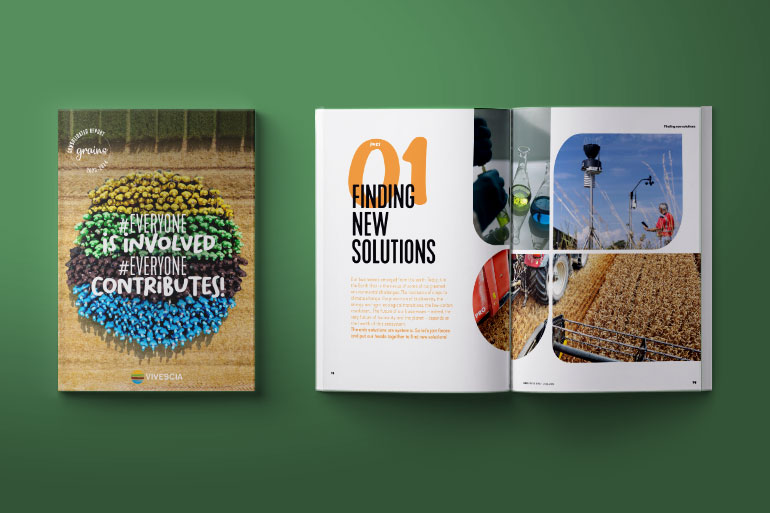All about maize


Maize exists in a multitude of shapes, sizes, and colours: brown, yellow, red, white, mauve, multicoloured, with miniature black or orange kernels… Maize is extraordinarily adaptable, which explains its global success. It is used in a plethora of foods, sometimes to make it crunchy, sometimes to bind a sauce… High in protein and naturally gluten-free, it is also super fashionable!
The history of maize
Maize first appeared on Mexican plateaus more than 8,000 years ago. It was discovered at the end of the 15th century by Spanish navigators who decided to bring some back to Europe. The culture of maize developed very quickly. It spread first of all to the French regions closest to the Spanish border, like the Basque country and Béarn (Pyrénées–Atlantiques region). A century later, it had conquered all of Europe! Nowadays, maize is still the dominant crop on the American continent but it is also cultivated in Asia and Europe. And there are thousands of varieties…
How is maize sown and when is it harvested, in which season?
Maize has a relatively short growth cycle due to its unique photosynthetic process, which enables it to make best use of the light and heat.
Sown in springtime, maize flowers in July/August, turning the terminal bud into a male panicle (flower that contains the pollen). The secondary buds (female organs) will form the ears that contain the grain. After flowering, and once the grains have been fertilised by the pollen, the grains ripen throughout the summer. By the time they are harvested in early autumn, the plant will have reached 2 – 4 m in height.

The growth cycle of maize can be separated into three quite distinct phases of development, defined by the formation of the plant's vital organs.
- The vegetative phase
- The reproductive phase
- The grain development phase
The expert's perspective
"After emergence, we need to weed fairly quickly" explains José Collet, VIVESCIA FAE (Field Agronomy Expert) manager. "Mechanical weeding is possible because the rows are planted quite far apart, which allows you to go through with a weeder. Then, in August, we need to be careful that the grain fills out correctly. But here once again, we are reliant on the climate: if it is too dry, the grains don't fill out; too humid and there is a risk of mycotoxin development.
To know more




